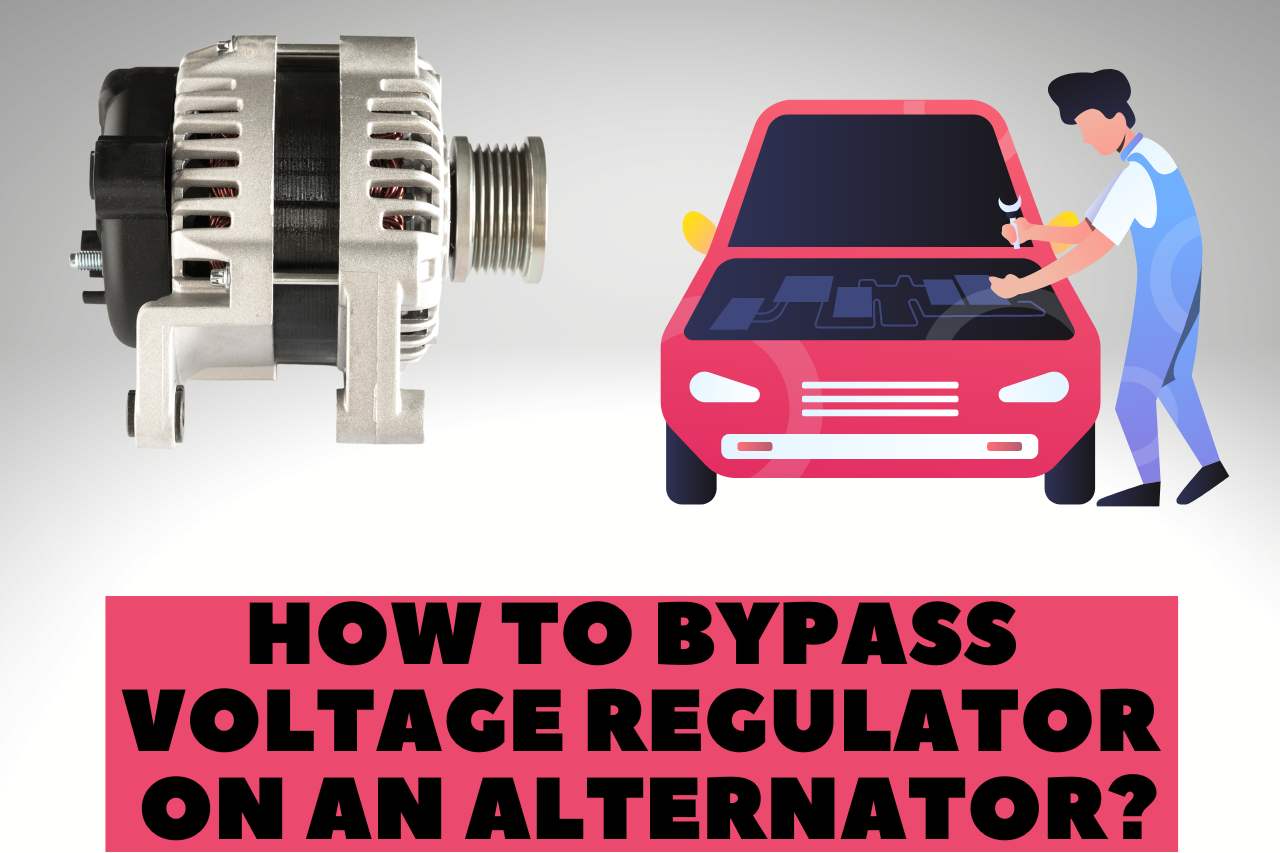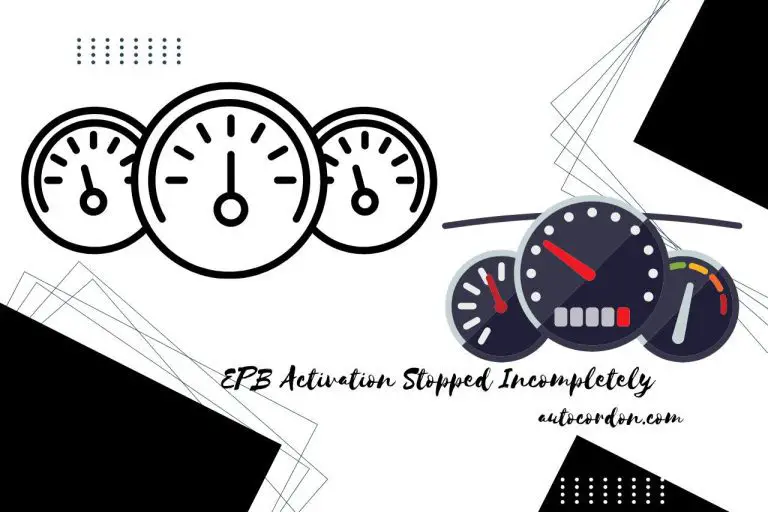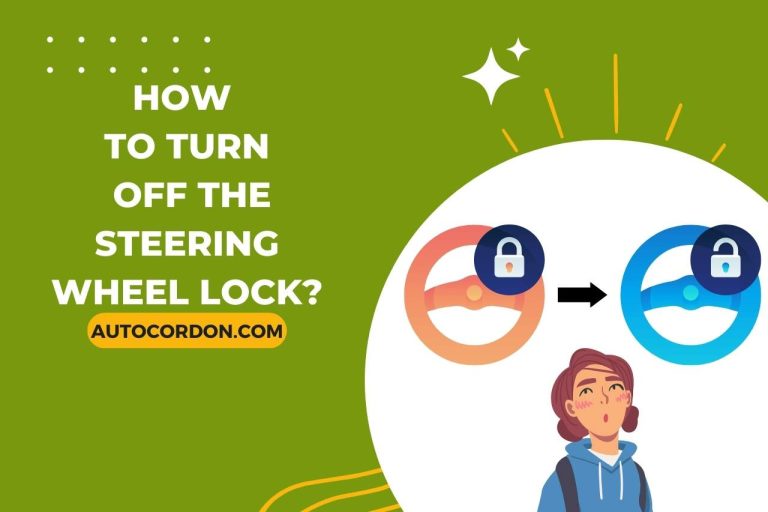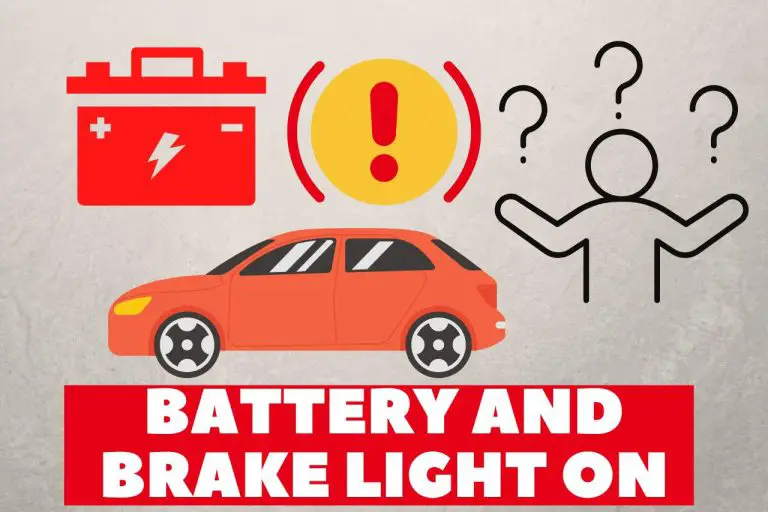How to Bypass Voltage Regulator on an Alternator? Easy!! Find Out
As a vehicle driver, you will inevitably encounter various practical pitfalls. Because it is very common, you who own a vehicle should understand the tricks related to vehicles to deal with such things. Today we are going to talk about how to bypass the voltage regulator on an alternator.
What would you do if there was trouble on the road or the vehicle broke down? Surely You will panic. But if we use cars, we must have trump cards to use in such emergencies. How will you deal with this if you suddenly get stuck on the road? Today we are talking about the leading cause of engine failure suddenly, and also the main cause of stalling in the middle of the road. And we also talk about how we can manage this situation.
Why Does the Engine Stop Suddenly?
The engine can stop suddenly due to reasons such as overheating, insufficient transmission fluid, a choked catalytic converter, a loose engine belt, or a weakened charging system. Regular maintenance is key to averting these issues.
Temperature Control: An overheated engine, as mentioned, can stem from the continuous chemical energy conversion. When the engine exceeds its thermal limit, it can cause components like the piston to malfunction, leading to an abrupt halt.
Fluid Dynamics: Insufficient transmission fluid is like depriving the engine of its lifeblood. Keeping tabs on your fluid levels, not just the quantity but also its quality, can prevent unforeseen engine stops.
Emission Control: The catalytic converter plays a pivotal role in purifying the fuel. Overburdening it with high performance can choke the system, resulting in a stalled engine.
Engine Integrity: With wear and tear, parts like the engine belt can slacken. Regularly checking the tightness and quality of these belts is essential.
Power Supply: Charging system inefficiencies can be silent killers. A faltering charging system won’t always show evident signs until it’s too late, causing sudden engine stops.
What is a Charging System?
This is literally the system used to power the battery used for your car’s energy needs. It can be divided into two main parts. They are the battery and alternator. In its simplest form, the alternator produces electricity while the engine runs, and the battery stores it. The alternator powered the engine using a serpentine belt running around several pulleys at one end. Now you have a good idea of what happens when the alternator fails.
Why Does the Charging System Fail?
-
Power Loss
Most of the vehicle’s external components are powered by electricity from the engine. For example, things like lights, AC and radio can be identified. Think about it, if you keep the A/C on for a long time while the engine runs, the battery will wear out very quickly. Then the power required to start the engine is not available.
-
Dead Battery
Car batteries store the power needed to start the engine. Even with an alternator, your vehicle won’t start if your battery dies.
-
Bad Alternator
Typically an alternator generates between 13V and 14.5V. The main function of an alternator is to generate a sufficient power supply and keep the battery adequately charged.
In addition to these, if the wires related to the charging system are damaged, your system will not work properly.
OK, now, if you think about the above and if you end up stranded on the road due to a problem with the charging system, remember that one thing you can definitely do is know how to bypass the voltage regulator on an alternator. This will help you to go to a mechanic without panicking when you have no one to help you. Let’s see how to bypass the voltage regulator on an alternator.
How to Bypass Voltage Regulator on an Alternator?
Keep in mind that your vehicle’s voltage will rise to 16V, which may damage some parts. The best thing is to not use the radio, lights and AC until you take the vehicle to a repair shop. OK, let’s see these few simple steps.
Open the engine and locate the converter. You will see the voltage regulator at the back.
Carefully remove its connecting clip using a proper tool.
The only connector that goes to the alternator is the voltage regulator connector. Keep in mind that none of the other wires should change.
Now that you have removed the regulator, your requirement is done.
Conclusion
Now you know how to bypass voltage regulator on an alternator? But first, you must remember that bypassing the regulator is very damaging. We also explained the reason for that. First, think about whether it is necessary to do this. The reason for this is that more harmful things can happen. But there is nothing wrong with taking advantage of your discomfort; just do it with great understanding. Get a technician to fix your problems as soon as possible. If possible, do not use any lights, AC and radios without the regulator until your maintenance is done.
You May Also Like
- Can Low Transmission Fluid Cause Overdrive Light to Flash?
- Groaning Noise When Reversing – The Exact Reason Found!!!

Madusha is a writer for Autocordon.com and a seasoned mechanic with a profound passion for all things automotive, particularly the intricate world of vehicle transmissions. With years of hands-on experience in the garage, Madusha’s expertise extends from routine maintenance to complex repair solutions. In the bustling auto repair community, Madusha is known not only for precision and skill but also for an enthusiast’s zeal for cars that transcends the workshop.







![Why Do Car Windows Fog Up? [List & Solutions]](https://autocordon.com/wp-content/uploads/2023/02/why-do-car-windows-fog-up-768x512.jpg)
